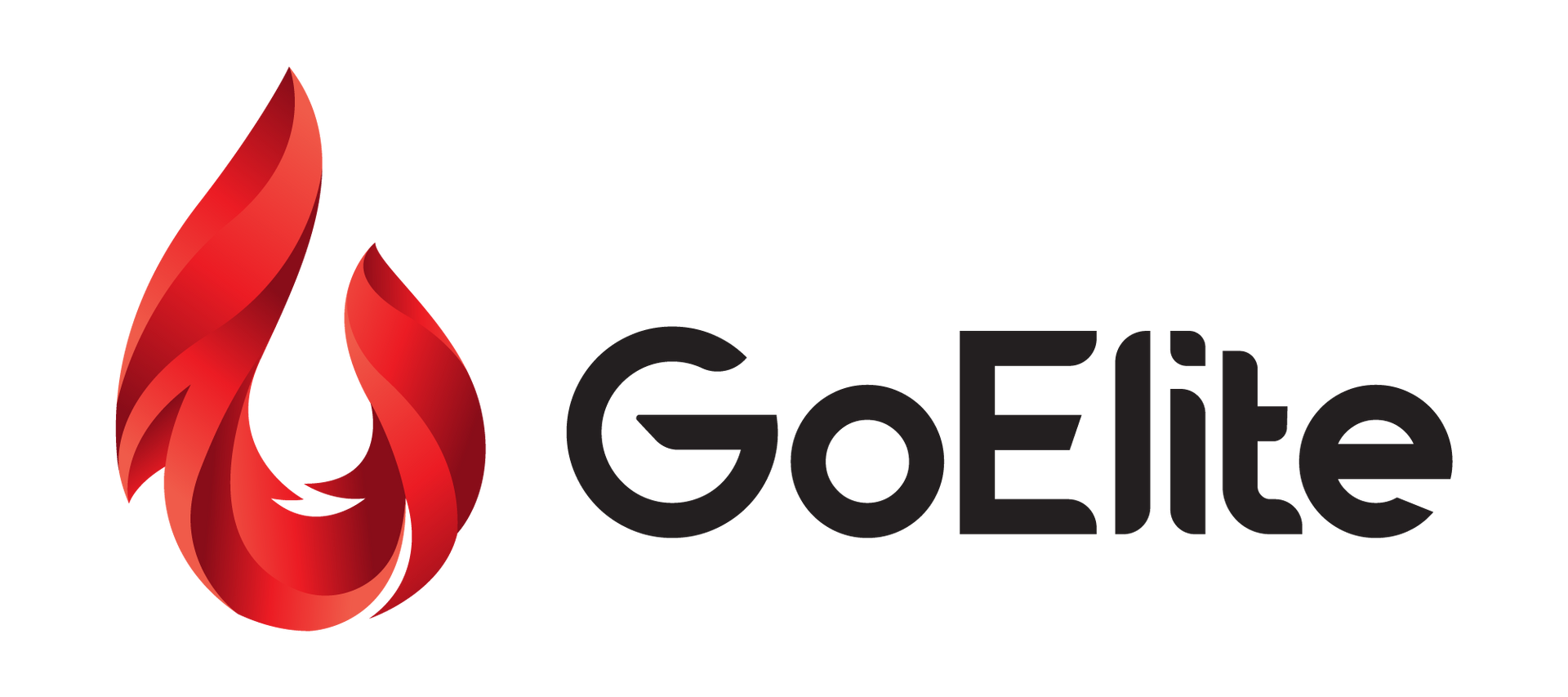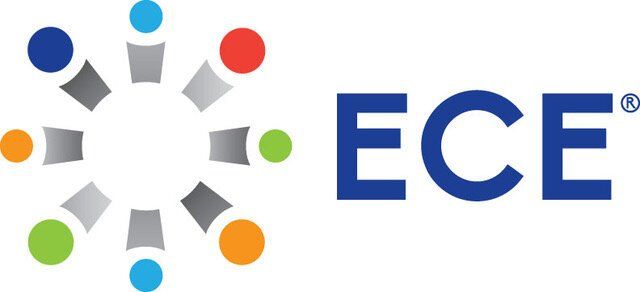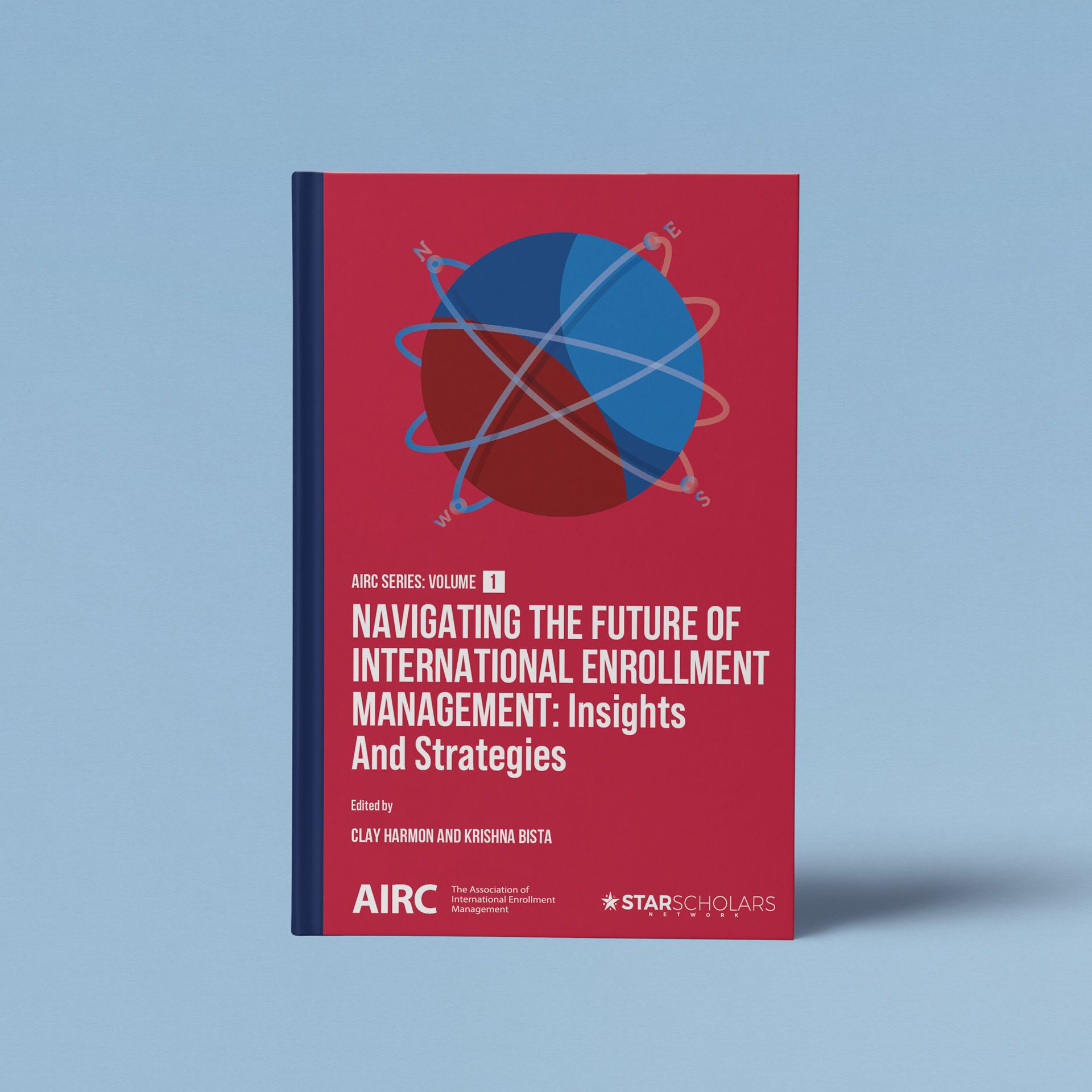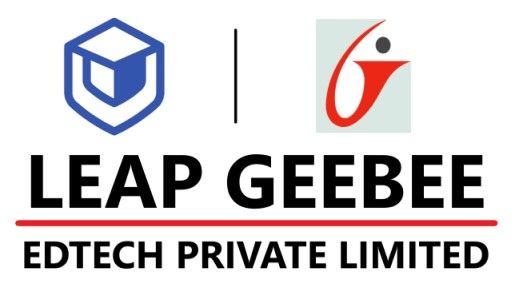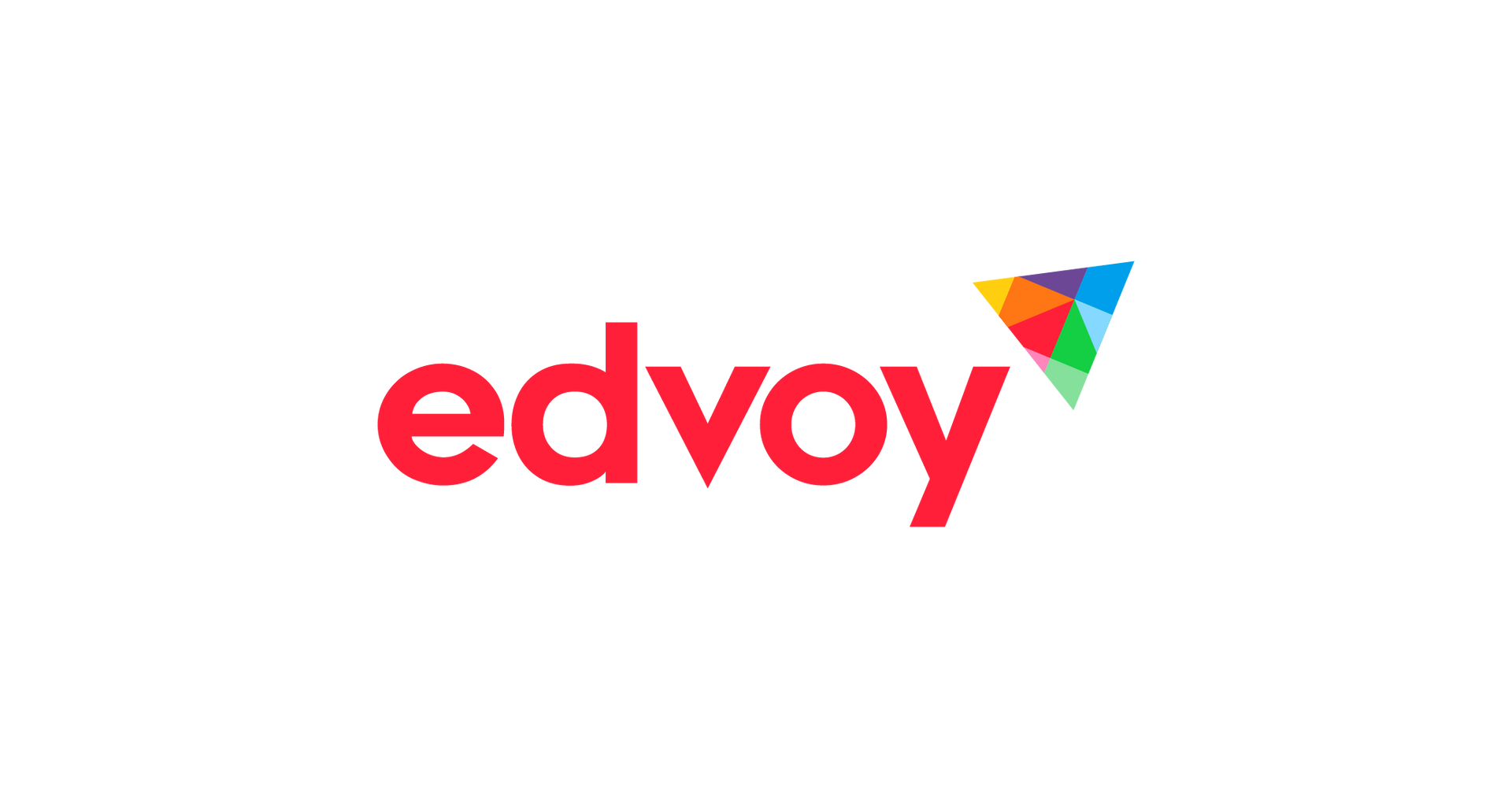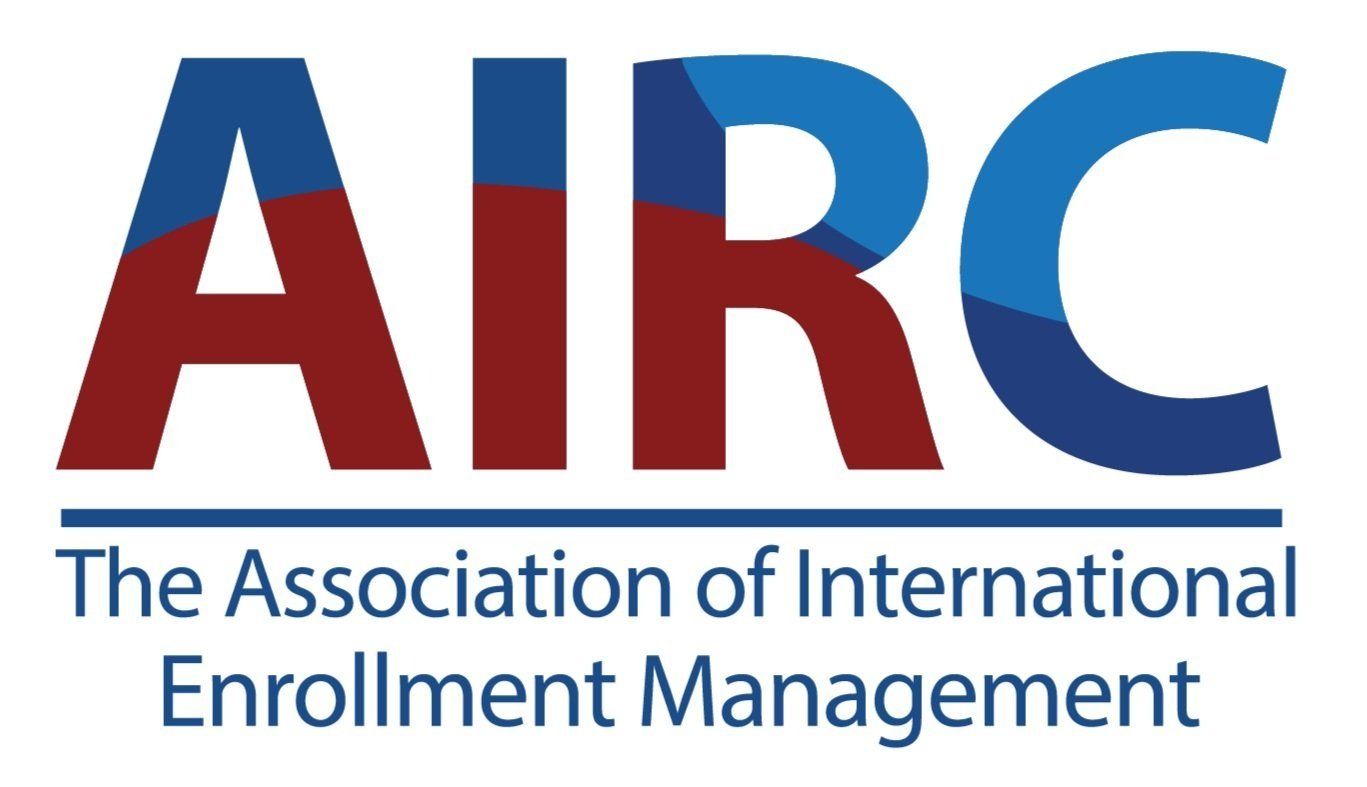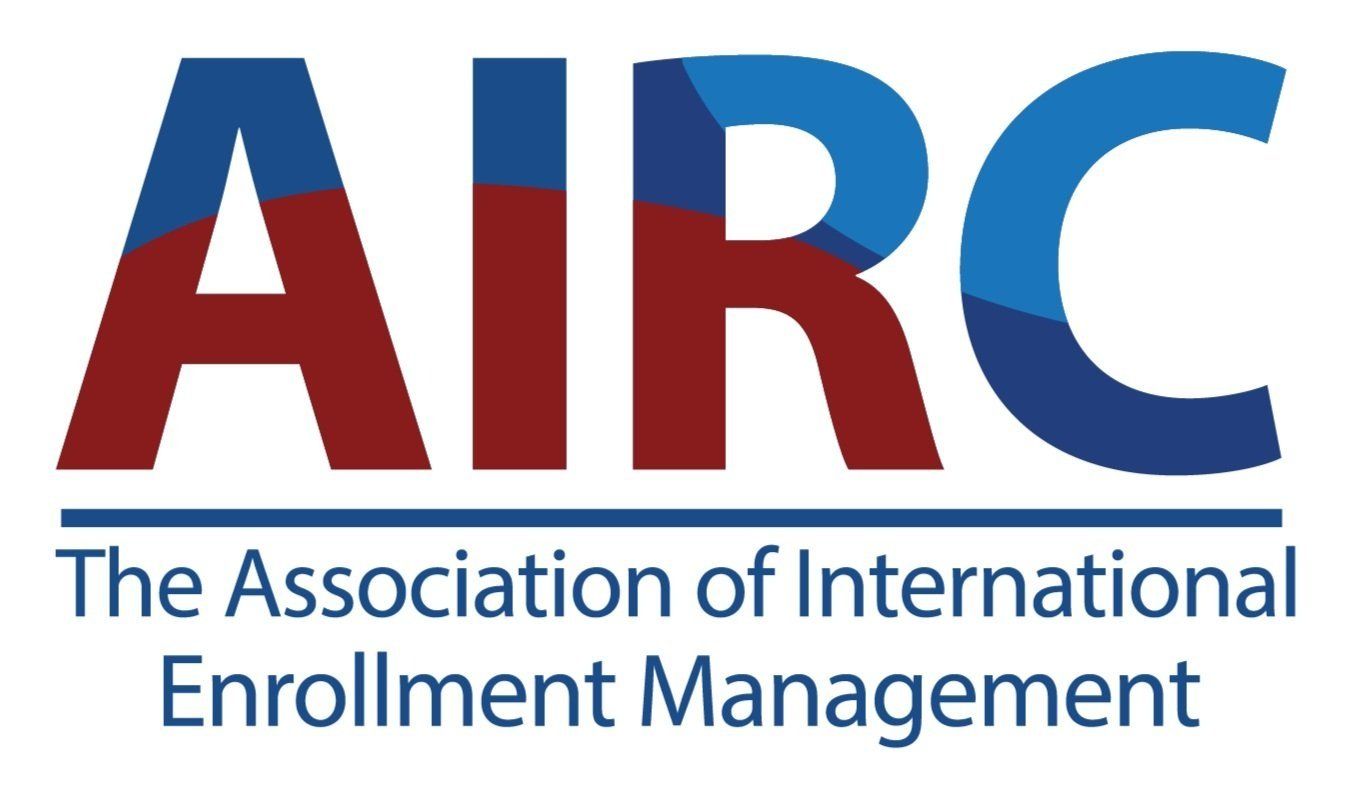Strengthening University–Agency Partnerships: What U.S. Institutions Must Do in 2025 to Build Sustainable International Recruitment Pipelines
As global student mobility enters a period of rapid transformation, U.S. colleges and universities are facing new challenges: shifting visa trends, rising competition from Canada and the UK, economic pressures on families, and a saturated digital recruitment environment. In this landscape, strong, ethical, and data-driven partnerships between universities and recruitment agencies are emerging as the most reliable solution for sustained international enrollment growth.
With India poised to remain the world’s largest outbound higher education market, and the U.S. retaining its spot as the number-one study destination, universities must rethink how they engage with agencies to build resilience, quality, and long-term recruitment success.
This blog explores what U.S. institutions must do differently in 2025, how recruitment partners like Texas Review add value, and what a successful university–agency ecosystem looks like in the years ahead.
Why Strong Partnerships Matter Now More Than Ever
1. Student Markets Are Volatile
Visa changes, geopolitical shifts, affordability concerns, and job market news can influence student flows overnight. Agencies on the ground provide real-time market intelligence universities cannot access directly.
2. Digital Marketing Alone Is Not Enough
Students still want:
- In-person guidance
- Application support
- Financial planning help
- Visa preparation
- Career pathway counselling
Agents remain critical touchpoints for students and families.
3. Quality Over Quantity Is The New Priority
Universities are increasingly focused on:
- Retention
- Career outcomes
- Diversity
- Academic readiness
Well-trained, high-integrity agencies play a major role in ensuring students are the right fit.
The Four Pillars of a Strong University–Agency Partnership
To thrive in 2025 and beyond, universities must shift from transactional interactions to structured, collaborative, and transparent relationships.
Pillar 1: Shared Market Intelligence & Data-Driven Decision Making
Universities often rely on historical trends, but markets move fast. Agencies provide:
- Real-time insights on student preferences
- Competitive pricing intelligence
- Demand by program and study level
- Barriers affecting specific regions
- Policy awareness (visa, immigration, scholarship trends)
In return, universities should share:
- Conversion data
- Program competitiveness
- Application volume insights
- Enrollment bottlenecks
This two-way intelligence helps institutions adjust programs, pricing, marketing, and communication strategies.
Pillar 2: High-Quality Training for Counsellors
One of the biggest gaps in international recruitment is counsellor-level program understanding.
Universities should offer:
- Monthly product trainings
- Webinars with faculty
- Recorded demos of labs, facilities, and student services
- Detailed admissions guidelines
- Clear visa and compliance updates
- Scholarship and assistantship insights
When counsellors are well-trained, they:
- Recommend the right programs
- Improve student preparedness
- Reduce deferrals and drop-offs
- Enhance application accuracy
- Boost conversion
Pillar 3: Streamlined Admissions & Student Experience
Indian students are heavily influenced by how fast and transparent the admissions process is. Universities should:
Make Applications Easier
- Accept unofficial transcripts for initial review
- Offer digital document verification
- Allow trusted partners to pre-screen applications
- Reduce dependency on expensive credential evaluation services
Improve Processing Speed
6–8 week decisions no longer work. Students expect:
- 10–20 day initial review
- Fast I-20 issuance
- Clear communication on missing documents
Increase Transparency
Provide agents with:
- Reasons for rejections
- File status dashboards
- Timeframes for review stages
A transparent system builds trust and speeds conversions.
Pillar 4: Collaborative Marketing & Outreach
Agencies like Texas Review run:
- Multi-city education fairs
- Targeted school and college outreach
- Digital campaigns
- Counsellor training meets
- Alumni meetups
- University spot admissions sessions
Universities should participate through:
- Faculty-led talks
- Virtual masterclasses
- Program spotlight sessions
- Alumni testimonials
- On-ground visits at peak times
This creates massive visibility and positions institutions as top-choice destinations.
How Texas Review Adds Value to University Partners
Texas Review, with its 13+ years of experience in U.S. student recruitment, brings a combination of scale, quality, and insights:
1. Market Leadership
- 350-member recruitment team
- Strong presence across India’s Tier 1, 2, and 3 cities
- Extensive student counselling reach
- Deep understanding of U.S. program trends
2. Ethical, High-Compliance Recruitment
- Counsellor training
- Pre-screening based on university criteria
- Document verification
- Visa readiness checks
- SEVIS and compliance awareness
3. Program Promotion Strategy
Especially for STEM programs beyond Computer Science:
- Public health
- Environmental sciences
- Robotics
- Data analytics
- Bioinformatics
- Supply chain
- Aviation / aerospace
- Healthcare informatics
4. Conversion-Focused Admission Support
- Application-quality checks
- Timely submissions
- Scholarship guidance
- Visa preparation
5. In-depth Market Analytics
- Region-wise demand
- Program-specific interest levels
- Behavioural shifts
- Competitor insights
What Universities Can Do in 2025 to Build Sustainable Pipelines
1. Diversify Program Marketing
Move beyond CS and promote:
- Emerging STEM
- Research-intensive programs
- Affordable tracks
- Hybrid and co-op oriented degrees
2. Strengthen Affordability Options
Offer:
- Scholarships for Indian students
- Early payment discounts
- Research assistantships
- Instalment-based tuition plans
3. Build Consistent Communication
Students and agents value:
- Clear deadlines
- Transparent requirements
- Response timelines
- Visa guidance
- Real employability stories
4. Invest in India
With large-volume recruitment, universities should allocate:
- Dedicated regional managers
- Annual faculty visits
- Exclusive agent workshops
- Co-branded marketing campaigns
5. Prioritize Long-Term Partnerships
Instead of cycling through dozens of agencies, institutions should cultivate long-term relationships with high-quality, high-capacity partners.
Conclusion
As international education becomes increasingly competitive, strong university–agency partnerships are no longer optional — they are essential. The institutions that succeed in 2025 and beyond will be those that:
- Embrace collaboration
- Prioritize transparency
- Respond to real-time market needs
- Invest in counsellor training
- Support affordability
- Promote emerging STEM fields
By working closely with experienced partners like Texas Review, U.S. universities can build resilient, scalable, and high-quality recruitment pipelines that benefit students, institutions, and the global workforce.

